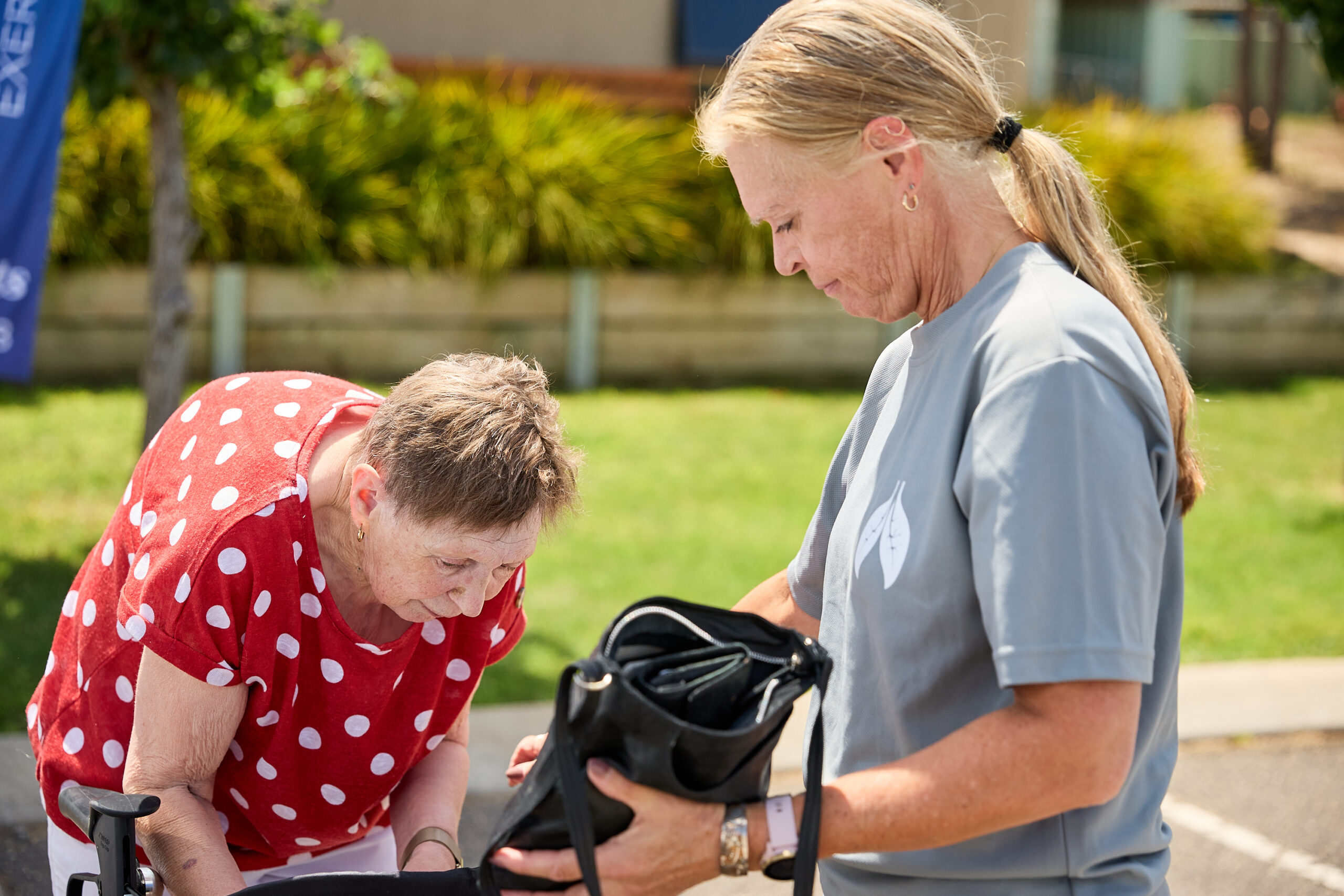Assessing Breathlessness
Shortness of breath is one of the most common symptoms of people attending pulmonary rehabilitation. A primary goal of pulmonary rehabilitation is to reduce the patient’s perception of shortness of breath.
Dyspnoea severity should be assessed before and after PR (see Patient Re-Assessment section).
There are a number of measurement tools available for assessing dyspnoea, including:
- Modified Medical Research Council (mMRC) Dyspnoea Scale
- Modified Borg Dyspnoea Scale (0-10), which is mostly used to asses dyspnoea during exercise or activities
Some health related quality of life measures also include dyspnoea as a component. For example, the Chronic Respiratory Disease Questionnaire includes a standardised dyspnoea domain.
Some measures of dyspnoea are useful for clinical assessment (e.g. the mMRC Scale) and can provide a baseline indication of the patient’s status. However, these scales are not particularly sensitive to measure change with interventions such as PR.

Important features of two dyspnoea scales, which are valid, reliable and commonly used, are summarised in the table below.
| Modified Medical Research Council (mMRC) Dyspnoea Scale |
CRDQ Dyspnoea | |
|---|---|---|
| Practical Considerations |
|
Dyspnoea scale is individualised asking patients to quantify breathlessness during five activities they frequently undertake. |
| Domains Assessed | Rates dyspnoea according to different levels of activity | Dyspnoea. |
| Key Features/ Remarks |
|


